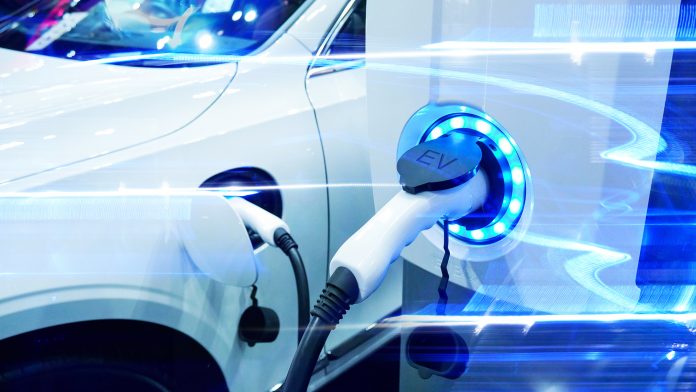A team of researchers at Stanford University have developed a probabilistic model of electric vehicle charging demand, that will help in managing charging growth, and ensure that electricity grids are reliable and affordable.
With an increasing number of consumers buying and using electric vehicles (EVs), there is a growing concern that eventually, the demand for electricity to charge EVs could overwhelm the power grid. Therefore, it is becoming more urgent for the electricity sector to evolve so that it is prepared for this possibility.
Gaining accurate estimates of charging demand patterns
As the fleet of EVs on the road grows, grid planners are increasingly more reliant on precise approximations of charging patterns to calculate electricity demand.
Now, group of scientists at Stanford University have constructed a scalable probabilistic model for charging demand that can be applied to a diverse range of populations and account for a wide range of factors.
In California, the model discovered that by 2030 – in a scenario where the majority of EV owners choose to charge their vehicles every evening – the highest EV charging demand would be more than twice as high compared to drivers charging their vehicles during the day at home, work, and public stations.
Thus, 2030, EV charging will encompass a substantial percentage of electricity demand in highly developed economies. Therefore, ensuring peak demand is as low as possible would reduce the demand for new generators and transmission lines.
“We wanted to create a model framework for long-term planning that captures real drivers’ charging patterns and accounts for uncertainty,” explained Ram Rajagopal, senior author of the study, which was published in Applied Energy.
Enhancing EV-supporting infrastructure
Currently, there are seven million EVs on the road; by 2040, it is anticipated that there will be 400 million. In order to facilitate this massive expansion, it is necessary to make significant improvements to EV-supporting infrastructure, such as the generating capacity, transmission, and distribution, smart grid technologies, as well as an approximated 300 million readily accessible charging stations.
The shift from fossil fuel powered vehicles to electric ones is crucial to decarbonising human activity and reaching net zero goals. To increase the number of consumers making the switch, drivers’ prospects of charging EVs must be both accessible and abundant. Going forward, policy decisions can accelerate the introduction of straightforward, dependable and inexpensive charging.
“We foresee this being used by people in the utilities industry, as well as in government, who want a data-driven approach to studying future scenarios,” commented Siobhan Powell, who is the co-lead researcher of the study.
Providing information to policymakers
The team’s model intends to provide grid planners and policymakers with the information of where, when, how, how much, and how often drivers are likely to charge their vehicles. “On a standard laptop, the model would be able to simulate charging data for 100 million EVs in approximately 10 minutes,” the researchers said.
“In the model, we capture driver behaviour, which includes when they charge, the timing of their charge, and how much energy they use. We also capture location, like home or the workplace,” said Gustavo Cezar, the other co-lead researcher.
Some drivers also use automatic timers to determine when their cars charge. These timers track electricity prices, and charge vehicles when it is not expensive to do so. However, if many timers were utilised, they could potentially trigger a rise in electricity demand on the grid.
This could lead to a number of problems, particularly if the grid is not prepared to cope this level of demand. In contrast, scenarios without timer control and where charging was spread throughout the day led to a smaller peak demand.
“Grid operators have to worry about reliability and cost. Without planning, in the worst case they could end up with an outage, or even if they can serve all the demand, end up with high costs for the electricity,” added Powell.
Policy decisions with this in mind might incentivise charging at a more dispersed pace, which could reduce electricity infrastructure investments whilst preserving the dependability of the grid. The framework established by the researchers can also be expanded to incorporate other factors such as, day of the week, season, holiday, or region.
Towards a net zero future
However, the researchers have warned that merely shifting to EVs may not be enough on its own to decarbonise light-duty vehicles. It was emphasised that among all the talk about switching to EVs, the pollution from the production of electricity that charges them gets too little attention.
“Here in California, we primarily use solar during the day, so we arere going to need to procure fossil fuel generation to supply the charging load overnight, in particular if the focus is on residential charging.
“The next step is figuring out how to sustainably increase the number of EVs,” he concluded.
Cezar said the team is working to disaggregate their model and apply it to narrower locations, including neighbourhoods and campuses, to assist in planners’ efforts avoid overpowering local electricity distribution systems.









